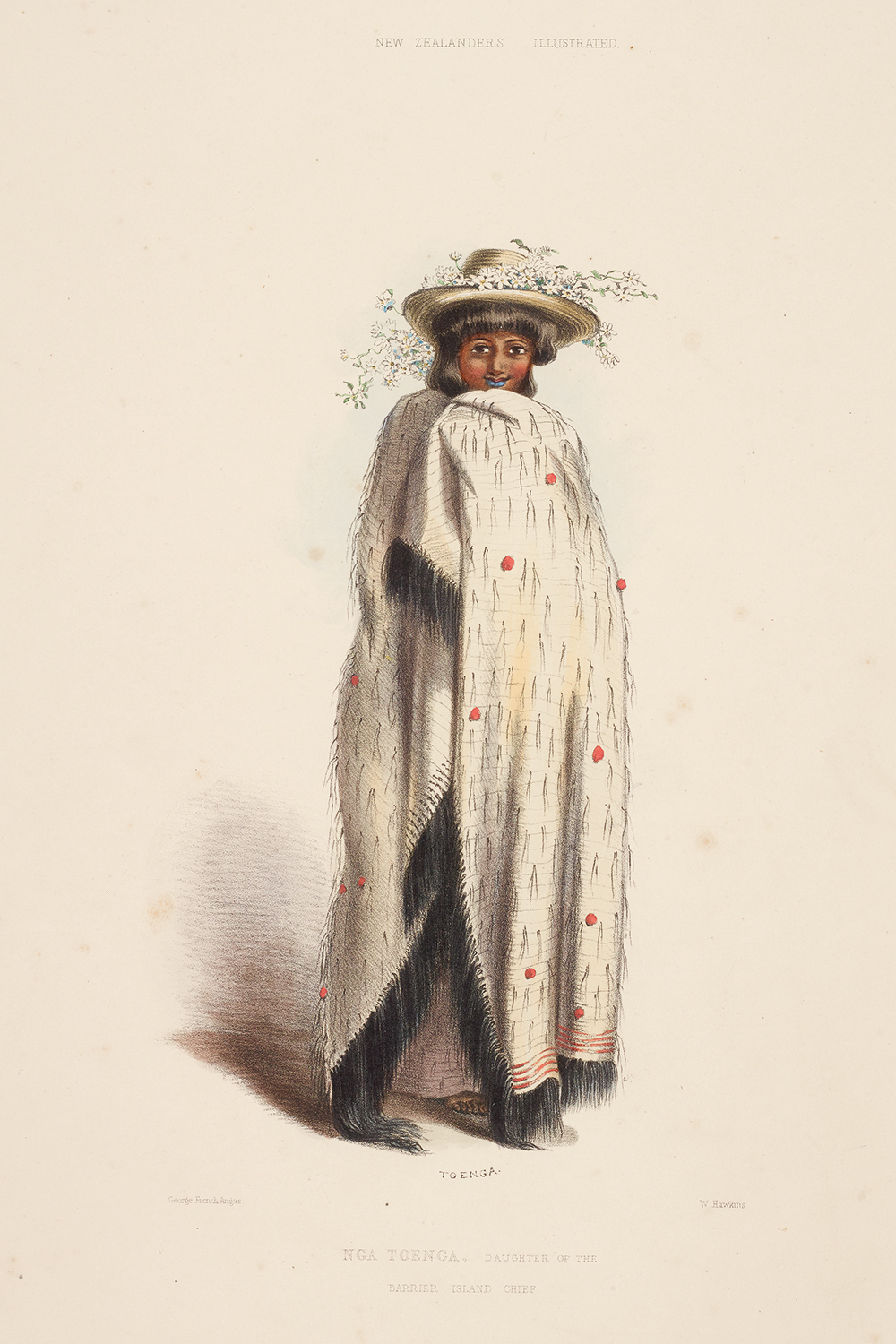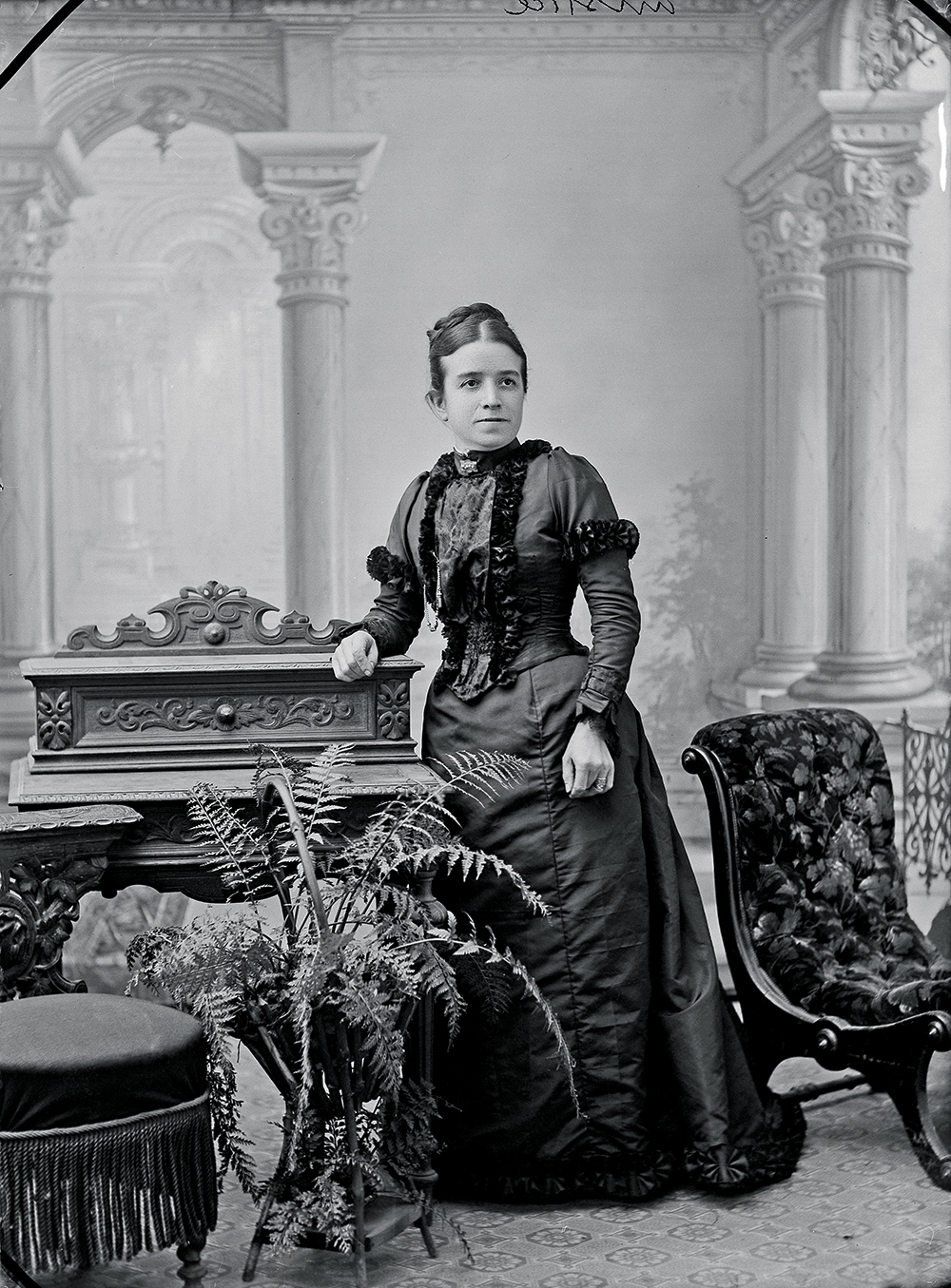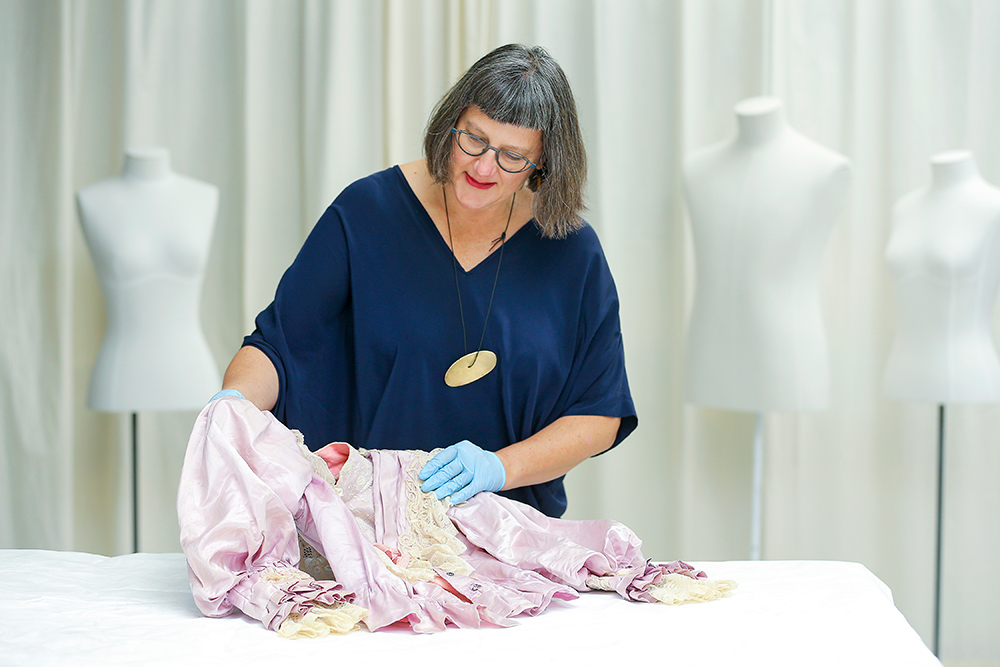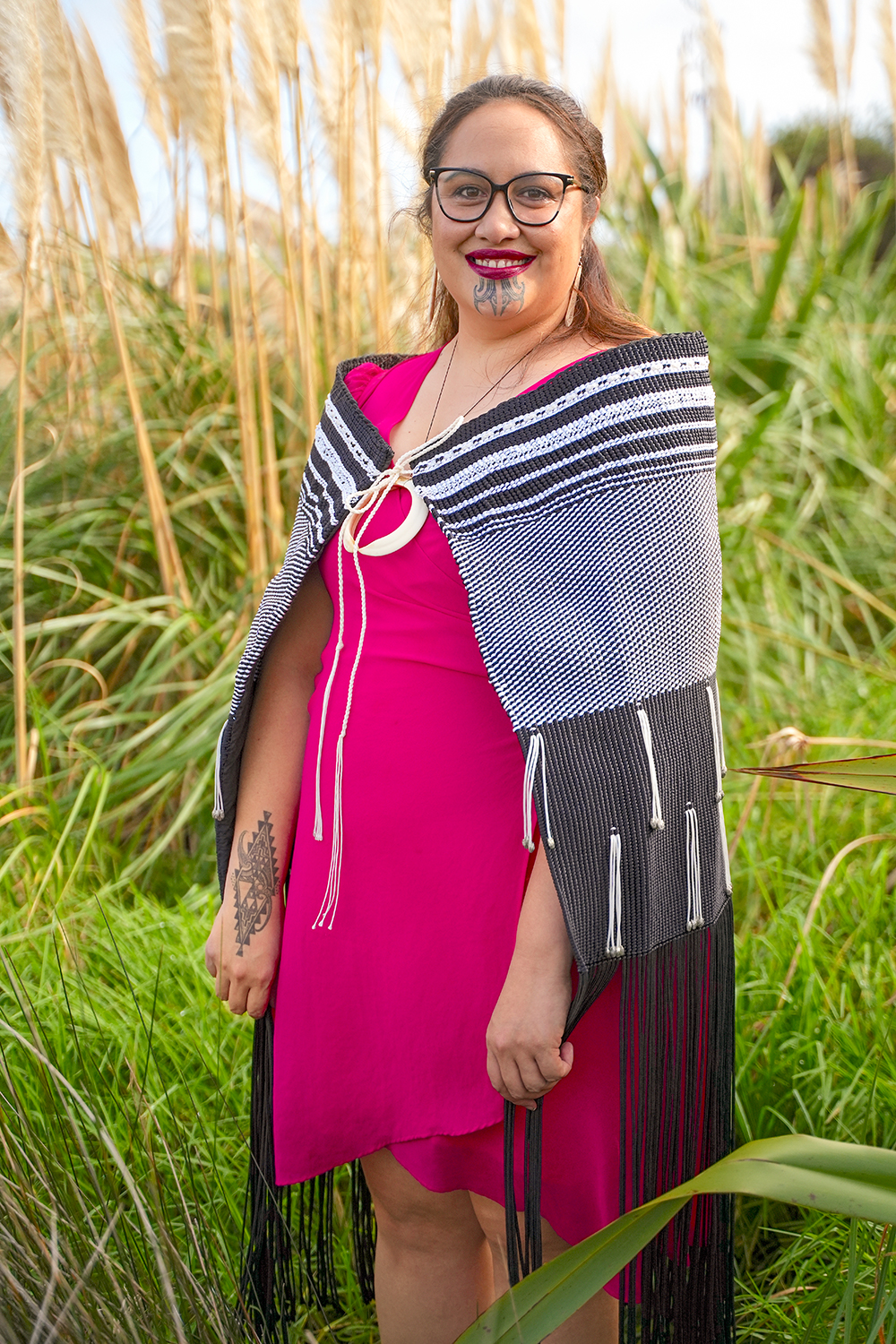Author and historian Claire Regnault felt validated when she won the award for Best Illustrated Non-Fiction Book at this year’s Ockham Book Awards for her contribution Dressed: Fashionable Dress in Aotearoa New Zealand 1840 to 1910.
“Fashion is far more than hemlines,” she tells the Weekly about her win in the competitive category.
“Often, dress and fashion in various circles seem frivolous, and not that important, and is viewed as an interest just for women,” she explains. “This book is about a lot more than fashion, telling the story of our social history. It’s rewarding to have this recognition and to have our fashion appreciated as a lens into a wider history.”
With more than 300 images of colonial dresses from 1840 to 1910 in Aotearoa, Claire’s meticulous research skills not only help tell the history of the garments, but also the unique and interesting stories of their owners, from society women, businesswomen and Māori wāhine to civic figures.

Images from Dressed come with stories about the wearers’ lives. “Personalities jumped out of the page,” says Claire.
Claire delved into who made the garments, who wore them and where, and what their backgrounds and lives were like.
“It was like detective work,” Claire tells. “It’s about piecing together many fragments. Today, the world is so full of information and we know too much about everything. But when you are working and researching an earlier period, all you have is just fragments. So, you take little bits of information that have similarity and begin to wrap them into a narrative.
“When I worked on a book on 20th-century fashion, we focused on the designers and those who made the clothes. But Dressed is different – it is more about the wearers and the social context of the garments. The garments provided a window into women’s lives.
“I spent hours reading letters and diaries from this period, and got to know many different delightful personalities who just jumped out of the page. In so many ways, they are just like us.”
Although the garments and their owners lived in the 1800s, Claire says modern women could learn a thing or two from their counterparts who lived nearly two centuries ago.

“Dressed features a number of inspirational working women – taxidermists, dressmakers and successful business owners,” she reveals. “They worked extremely hard considering the reality of their lives, working while raising multiple children, and often with their husbands dying early. I just admired how they went through life.
“Māori women during this period loved fashion as well and bought many dresses. I loved the cross elements that they brought into fashion, like incorporating wool into traditional cloaks. They wore clothes in their own way.”
Claire has the perfect credentials to write this historic book because for the last 10 years she has been the senior curator of New Zealand Histories and Cultures at Te Papa museum in Wellington. Many of the garments are part of the museum’s collection. Claire is one of the country’s top fashion curators and has authored the book New Zealand Gown of the Year in 2003 and co-authored The Dress Circle: New Zealand Fashion Design Since 1940. She’s even used the nearly 90-year-old Weekly as part of her extensive resources.

Claire had the idea to write Dressed when she started at Te Papa a decade ago and began writing the book in 2017. Now that Dressed is published and has won major recognition, she has begun working on her next book.
“It’s a celebration of our botanical world,” she tells. “I’m primarily focusing on flowers in fashion and textiles.”
Meanwhile, she hopes people will enjoy Dressed and the practical messages that it promotes around the value of clothing.
“We’re living in the world of fast fashion and the textile industry is one of the most polluting in the world,” Claire says. “In the past, women had fewer garments, and taking care of them was not only a necessity but a matter of pride.
“Fabric was precious, and garments were frequently remodelled and eventually turned into children’s clothing. They were really valued.”



